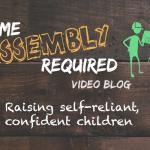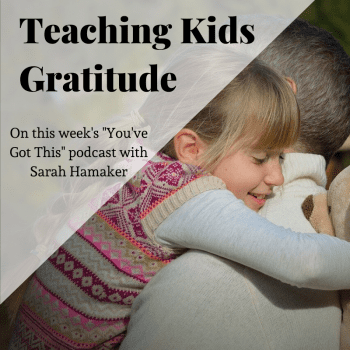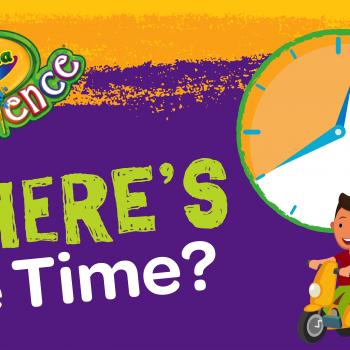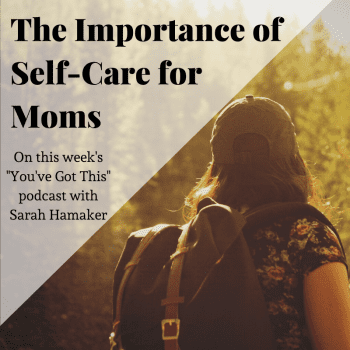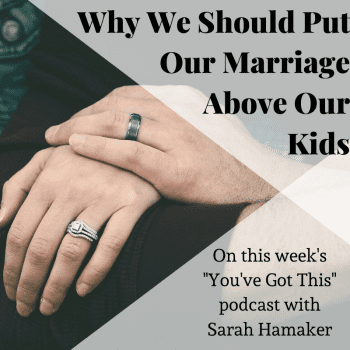Emotions are powerful, and to children, emotions can seem to be all-powerful. All too often, we view emotions as negative, simply because most emotions that spill over into family life have negative undertones, such as anger, jealously, rage, envy, strife, division and unkindness.
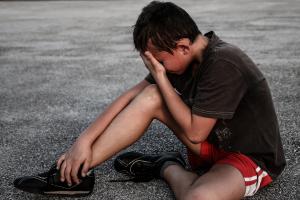
But emotions can be a positive force in the family—laughter, joy, sharing and love. What we should strive for as parents is to strike a balance between promoting the positive emotions and being proactive in restraining the negative emotions.
“When understood, emotions become a valuable tool for gathering data and drawing conclusions,” wrote Dr. Scott Turansky and Joanne Miller in Parenting is Heart Work. “Our emotions are like little sensors that can pick up nonverbal cues, attitudes, and tension in the air. … Unfortunately, many people don’t use their emotions in this constructive way. When they feel a little uncomfortable, they just react emotionally, saying and doing counterproductive things.”
When we realize that emotions can be harnessed for good—and that helping our children understand that they can control their own emotions—we will approach the messiness that comes from emotions spilling over from a better frame of mind. “Many parents are afraid of their children’s emotions and try to minimize them,” Turansky and Miller wrote. “But contrary to popular belief, emotions aren’t the enemy. They reveal valuable information about what’s going on in the heart.”

